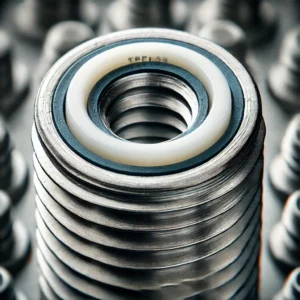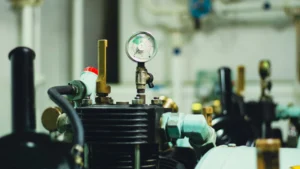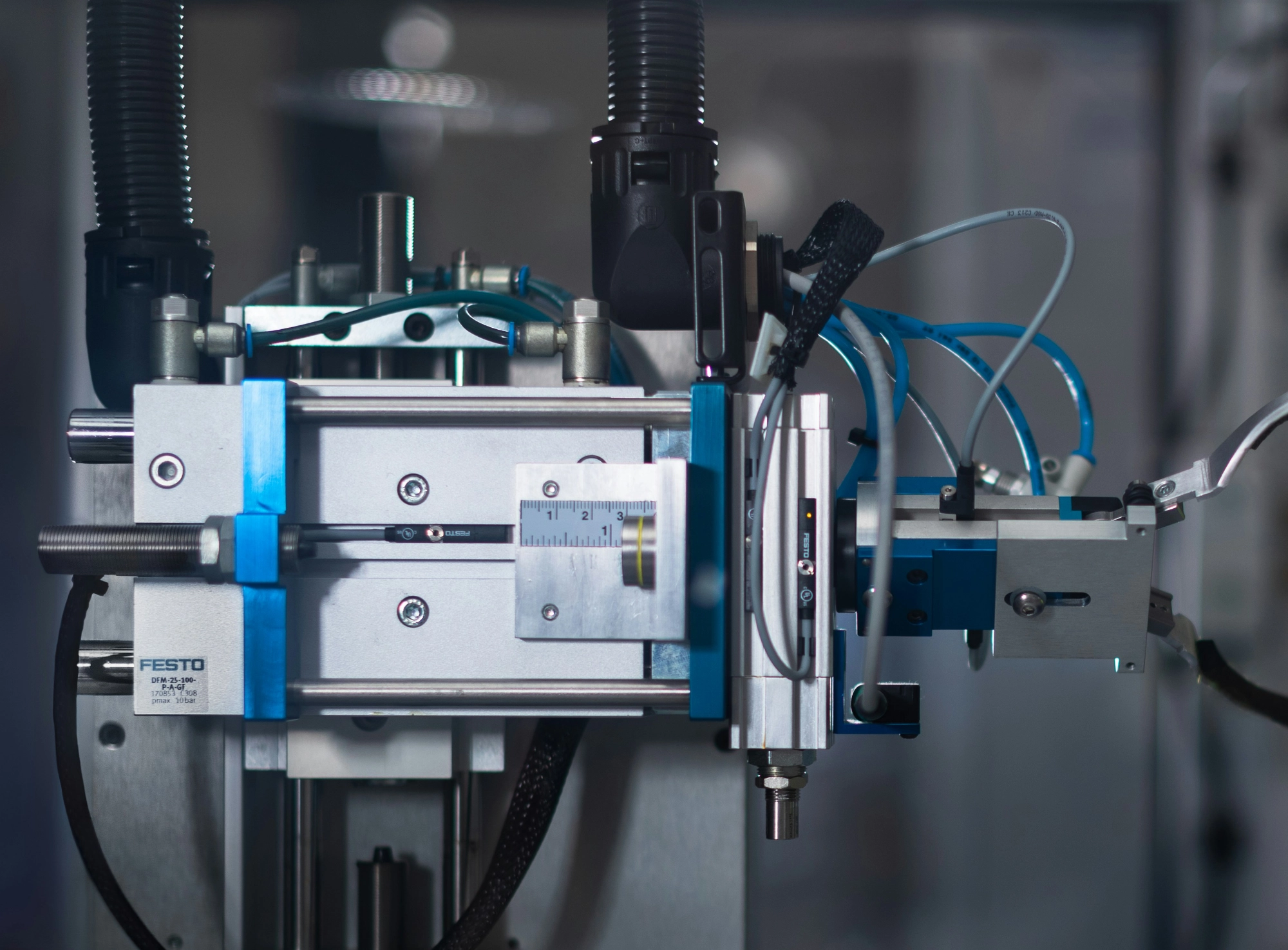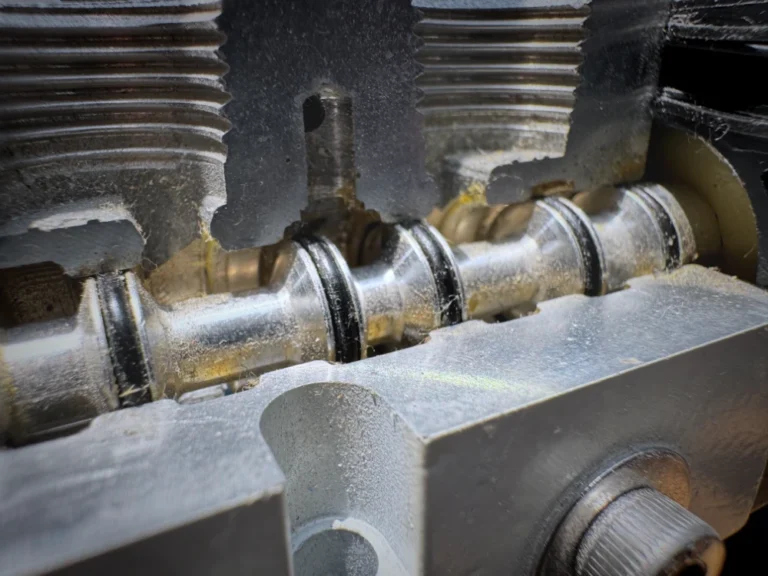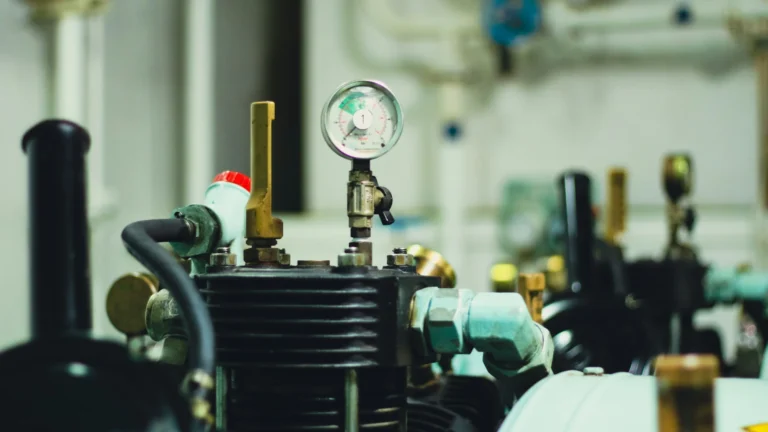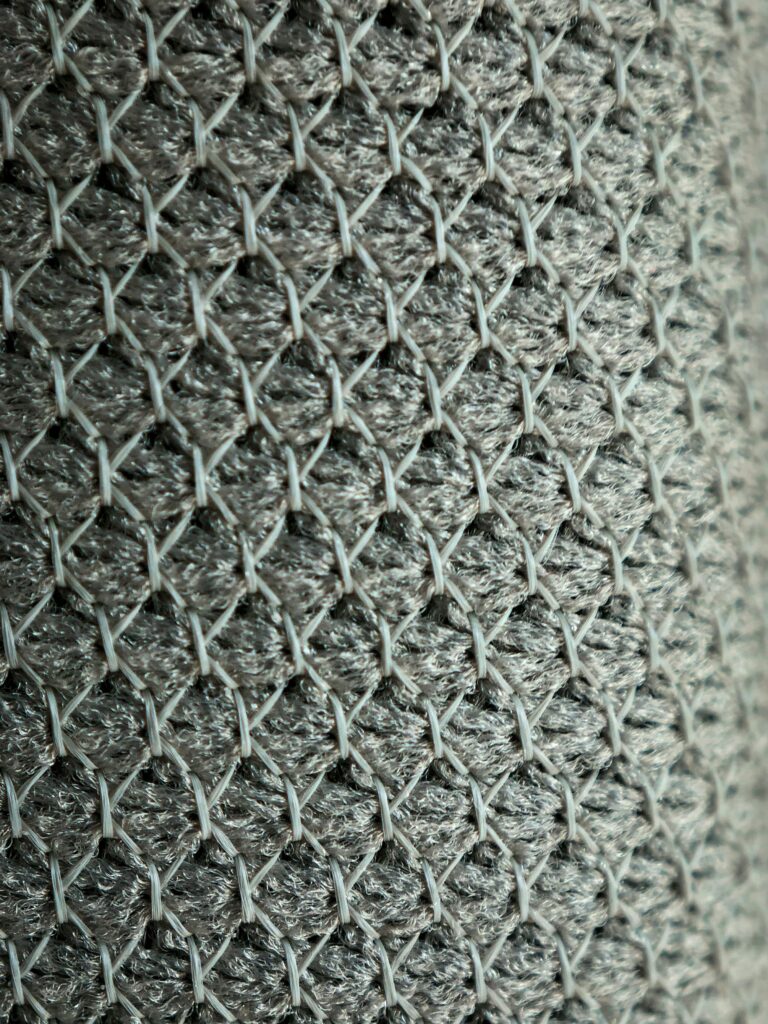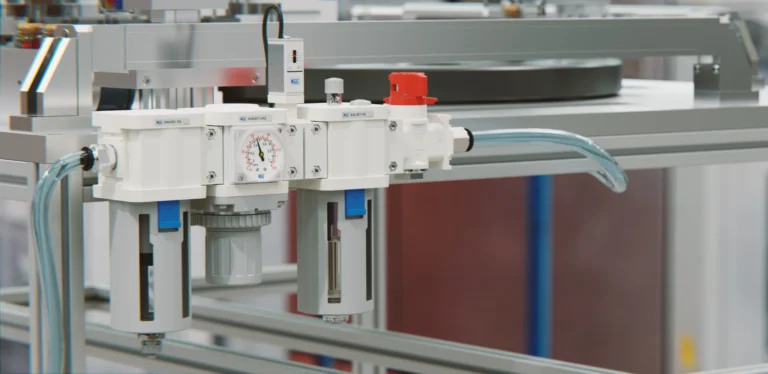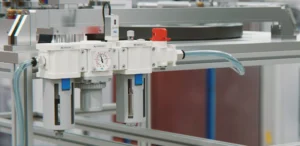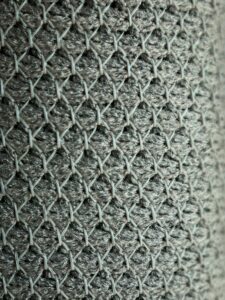Pneumatic hoses play a crucial role in pneumatic systems by effectively transmitting compressed air. Various types of pneumatic hoses are used depending on the environment and purpose, and choosing the right hose has a significant impact on the system’s efficiency and safety. In this article, we will explore the types and uses of pneumatic hoses in detail.
Main Types of Pneumatic Hoses
1. Polyurethane (PU) Hose
- Features: Excellent flexibility and abrasion resistance.
- Applications: Used in automation equipment, robotic arms, and precision pneumatic systems.
- Advantages: Lightweight and bends easily even at small radii.
- Disadvantages: Low chemical resistance, making it vulnerable to contact with certain chemicals.
2. Nylon Hose
- Features: Excellent chemical resistance.
- Applications: Used in pneumatic systems, the automotive industry.
- Advantages: High durability and excellent chemical resistance.
- Disadvantages: Can deform at high temperatures, and is less flexible compared to PU hoses.
3. PVC (Polyvinyl Chloride) Hose
- Features: Affordable, lightweight, and highly flexible.
- Applications: Used in general pneumatic lines and low-pressure equipment.
- Advantages: Cost-effective and easy to install.
- Disadvantages: Low heat and pressure resistance, making it unsuitable for high-temperature and high-pressure environments.
4. Rubber Hose
- Features: Provides high durability and flexibility.
- Applications: Used in industrial pneumatic equipment, construction sites, and heavy machinery.
- Advantages: Excellent abrasion resistance and ozone resistance, suitable for outdoor environments.
- Disadvantages: Heavier and relatively more expensive.
5. Teflon (PTFE) Hose
- Features: Excellent chemical resistance and heat resistance.
- Applications: Used in specialized industries (chemicals, medical, food processing).
- Advantages: Resistant to corrosion and does not react with oils or chemicals.
- Disadvantages: Expensive and lacks flexibility, making installation more challenging.
6. Silicone Hose
- Features: Excellent heat resistance and flexibility, non-toxic and hygienic.
- Applications: Used in medical, food processing, and semiconductor industries where high temperatures and hygiene are important.
- Advantages: Minimal deformation at high temperatures, chemically stable, and non-toxic.
- Disadvantages: Low mechanical strength, making it unsuitable for high-pressure environments, and relatively expensive.
Key Considerations When Choosing Pneumatic Hoses
- Operating Pressure: Check the maximum pressure the hose can withstand and select according to the system’s needs.
- Heat and Chemical Resistance: Depending on the environment, resistance to temperature fluctuations and chemicals may be necessary.
- Flexibility and Ease of Installation: If the installation space is tight, selecting a flexible hose is important.
- Lifespan and Maintenance: Choosing a hose with high durability can reduce maintenance costs.
Pneumatic Hose Maintenance Tips
- Regularly inspect for damage and follow replacement schedules.
- Avoid bending or over-stretching the hose.
- Store the hoses in appropriate temperature and humidity conditions to extend their lifespan.
- Keep the hoses away from direct contact with chemicals or oils.
Conclusion
Pneumatic hoses are essential in various industries, and choosing the right type based on the application is crucial. By considering the characteristics of the hoses and the environment, you can select the optimal product to enhance efficiency and durability. Proper maintenance will ensure the stability and productivity of the pneumatic system.
Pneumatic Hose Selection Guide
| Hose Type | Flexibility | Chemical Resistance | Heat Resistance | Pressure Resistance |
| PU Hose | ◯ | △ | △ | ◯ |
| Nylon Hose | △ | ◯ | △ | ◯ |
| PVC Hose | ◯ | △ | X | X |
| Rubber Hose | △ | △ | ◯ | △ |
| Teflon Hose | △ | ◯ | ◯ | ◯ |
| Silicone Hose | ◯ | △ | ◯ | X |



